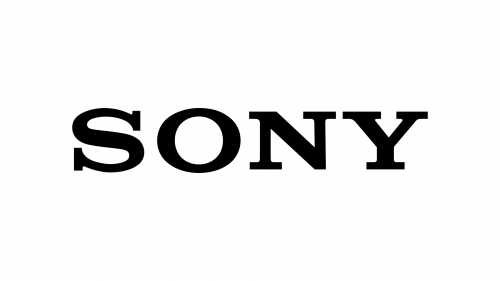

Graphical User Interface design for SONY VTX-D800 Digital TV Receiver
Carpet Concept Corporate Website 2004
Sony CorporationSony VTX-D800 is a terrestrial Digital Video Broadcasting (DVB) TV receiver. The product is equipped with an on-screen Graphical User Interface (GUI) that allows users to control the Electronic Program Guide (EPG) and access program information (INFO) as well as a menu system for user settings such as language and parental control. The GUI is designed to be easy to use, to work with various types of TV display, and to provide high visibility of both GUI and TV programs. In order to simultaneously achieve ease of use and high visibility, the GUI uses a translucent overlay over the video screen consisting of three separate layout modules: a top module for the Program Banner; a middle module for information and control; and a bottom module for the User Guide.
